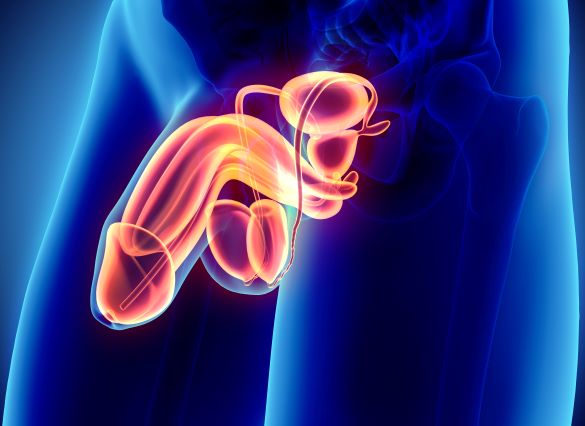
Azoospermia in the IVF lab
Azoospermia is defined as the absence of sperm in the ejaculate, which is generally classified as either obstructive or secretory.
Obstructive azoospermia
In obstructive azoospermia, the sperm cells cannot complete their journey from the testicle to the urethra through the seminal tract; however, the sperm cells are produced in the testicle (spermatogenesis).
There are several causes of this pathology, although the most frequently detected ones are:
- congenital absence of the vas deferens,
- vasectomised patients,
- or obstructions caused by a trauma or surgery.
There are special situations in which there is no real obstruction, but rather a problem with obtaining the ejaculate, as in patients with spinal cord injuries, diabetics, patients treated with certain medications, or as in the case of retrograde ejaculation, where seminal fluid flows into the bladder instead of the urethra.
All of these are cases with a good prognosis in which sperm can most likely be found through a simple intervention called TESA (testicular sperm aspiration).
Secretory azoospermia
Secretory azoospermia, however, is the process of abnormal sperm production in the testicle. This may be due to chromosomal abnormalities, such as Klinefelter syndrome (karyotype 47XXY), or microdeletions of the Y chromosome, which is the loss of genetic material involved in spermatogenesis. Other causes may be bilateral cryptorchidism (undescended testes), testicular torsion, traumas, infections (e.g. mumps during adolescence), radio-chemotherapy, etc. The prognosis for this type of azoospermia is uncertain, and the likelihood of finding preserved spermatogenesis depends on many factors.
Ratings
There have been attempts to correlate several parameters with the presence of sperm, such as the FSH level, testicular size or karyotype, although none of these have proved to be decisive. In these cases, many opt for a multiple testicular biopsy of both testes to increase the chances of finding sperm, which is estimated to occur 50% of the time. Patients should have a clear idea of this situation and all the available options, such as donor sperm or oocyte vitrification, in order to allow time for making decisions and resolving the situation if applicable. Although it’s uncommon, some types of azoospermia reverse over time. Another option is to perform the testicular biopsy prior to ovarian stimulation and freeze the sample if sperm is found.
Solutions
The main goal with either TESA or a biopsy is to obtain enough sperm in the laboratory to microinject the collected eggs. Therefore, the collected testicular matter is disaggregated with scalpel blades and examined under a microscope to for sperm cells. Although the fertilisation rates obtained with these sperm cells are lower, they are comparable to those obtained with sperm from ejaculate, although this mostly depends on the characteristics of each individual case.
In conclusion, the combination of ICSI with surgical techniques to recover sperm will provide a solution to the reproductive problems of many azoospermic patients.
Jaime Guerrero, biologist of Instituto Bernabeu.
IT MAY ALSO BE OF INTEREST TO YOU
